Literary authors have produced considerable works during their lifetime and the eighteenth century marked the beginning of Indian English Literature. It is believed that literature is the mirror of society and a true picture of man’s consequences. Literature aims to teach and delight. Sometimes literature is used for propaganda and condemnation of vices. Literary authors have tried to awake the man’s soul by their writings. Literature is closely related to man’s life. As man faces good or bad consequences, his life never runs smoothly. Literary authors show man’s conflict during a particular period in their works. Greek tragedians accepted the role of destiny in man’s life and produced considerable tragedies in Greek literature. Shakespeare considered life as a tale told by an idiot in his tragedy Hamlet. He talks about human weaknesses by presenting tragic heroes in his tragedies. We can find optimism and pessimism in literature. So far as Indian literature is concerned, Rabindranath Tagore paved the way with his works for the Indian authors. This book is the study of literary authors’ writings in a new way. Social science is one of the branches of science, devoted for studying societies and the relationships among individuals within those societies. The term was formerly used to refer to the field of sociology, the original “science of society”, established in the 18th century.
This book is divided into two sections. The first section is the study of Emerging Trends in Literature which contains eight chapters of eminent professors and two research scholars. Each paper presents a new aspect of literary work. Dr. Manali Gadhavi talks about Contemplation of Religion Expressed in Modern Charani Literature and analyses the works of Pingalshi Narela and Dula Bhaya Kaag. Dr. Mayur Solanki draws the reader’s attention to the theme of rebellion presented in Rabindranath Tagore’s Red Oleanders. Dr. Jayshri Desai has raised a question for the youth by discussing Kalidas’s Shakuntala. The quest for Enlightenment is very well explored by Prof. Palak Vyas in her paper. Dr.Janki Patel has addressed the importance of Polyguruism briefly. Dr. Rahul Patel throws light on the female mythological characters. Dr. Surekha Patel has provided a complete analysis of Kavyakallolini with Sanskrit and English quotations. Relevance of Bhakti in Indian culture is discussed by Dr. Manjula Solanki. Alpesh Parmar, a research scholar, talks about the tragedy of Koral Dasgupta’s Draupadi. Naimish Joshi, a research scholar, talks about Amitav Ghosh’s Sea of Poppies.
The second section of the book contains the eight chapters on Social Sciences. Prof. Abrar Khalak has discussed the advantages and disadvantages of NEP-2020 in his paper. Prof. Pushpa Garasiya explored the Advantages of Drumsticks. Prof. Kokila Patel talks about Consumer Rights and Duties. Dr. Mohmedhafiz Kathiyara talks about Mental Health of Drug Addicts And Non-Addicts with a detailed data analysis. Anemia Prevention in Pregnant and Adolescent Girls is discussed by Dr. Piyush Sinh. Prof. Manu Makwana discusses Challenges to History in the World. B. Siby has provided an Economic analysis of Health Indicators and the Gross Domestic Product of India.

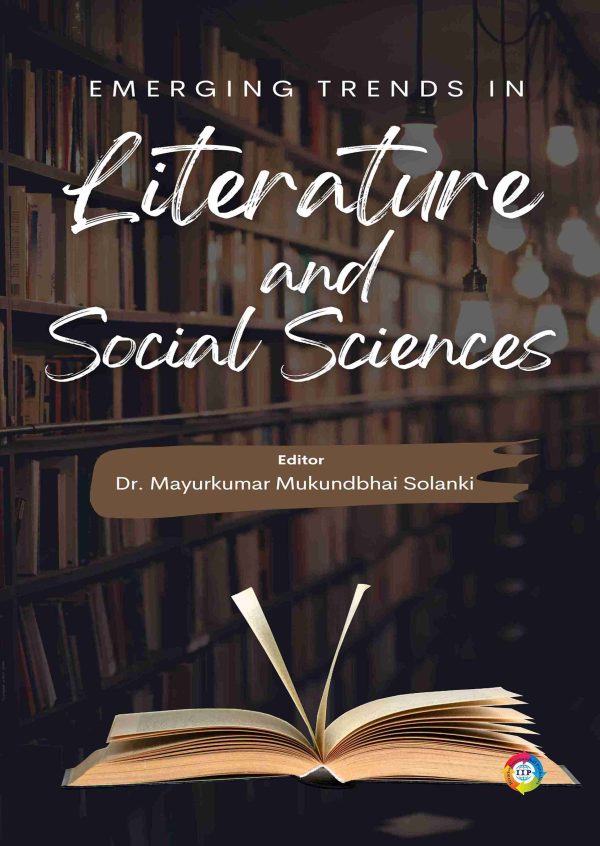
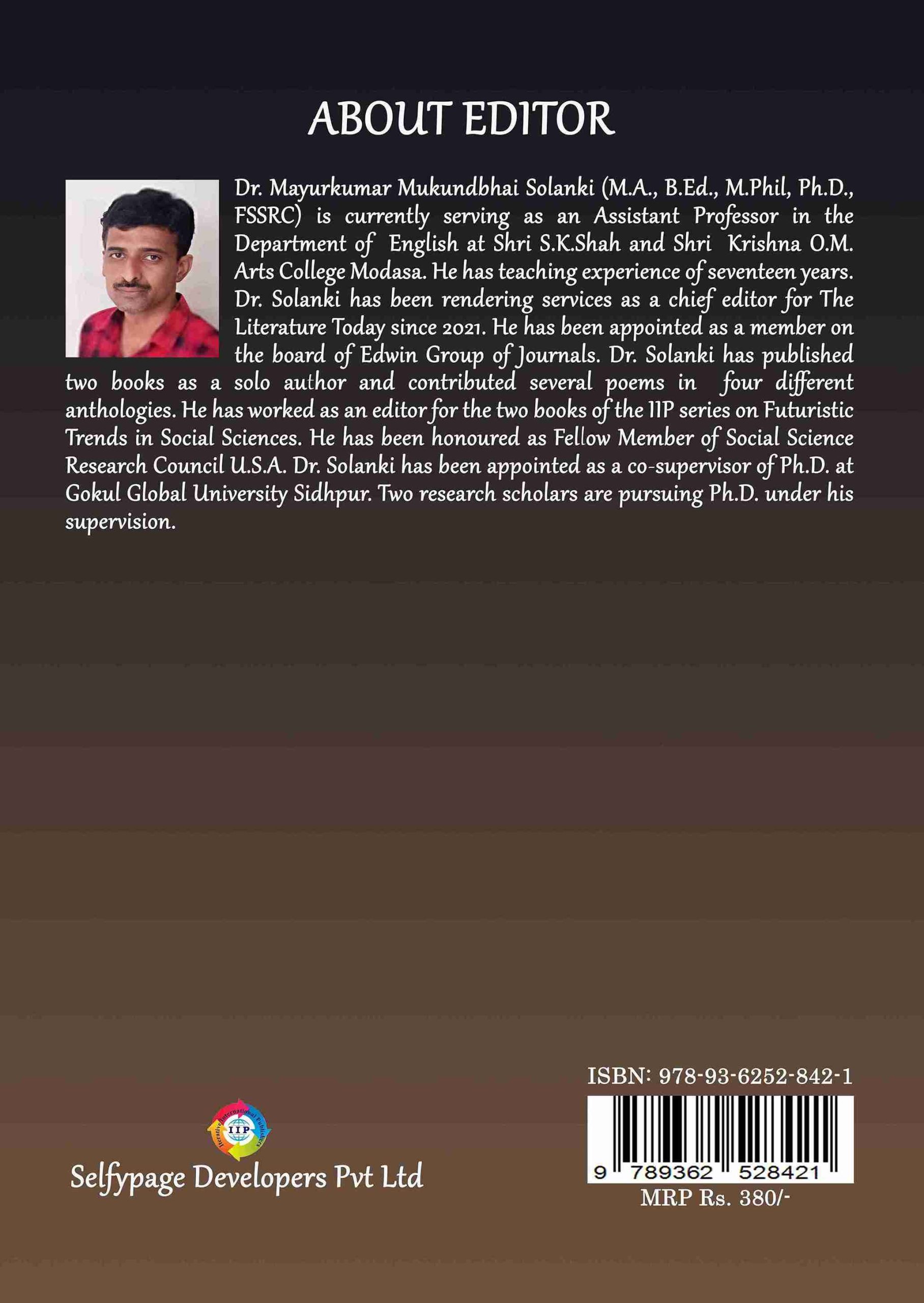
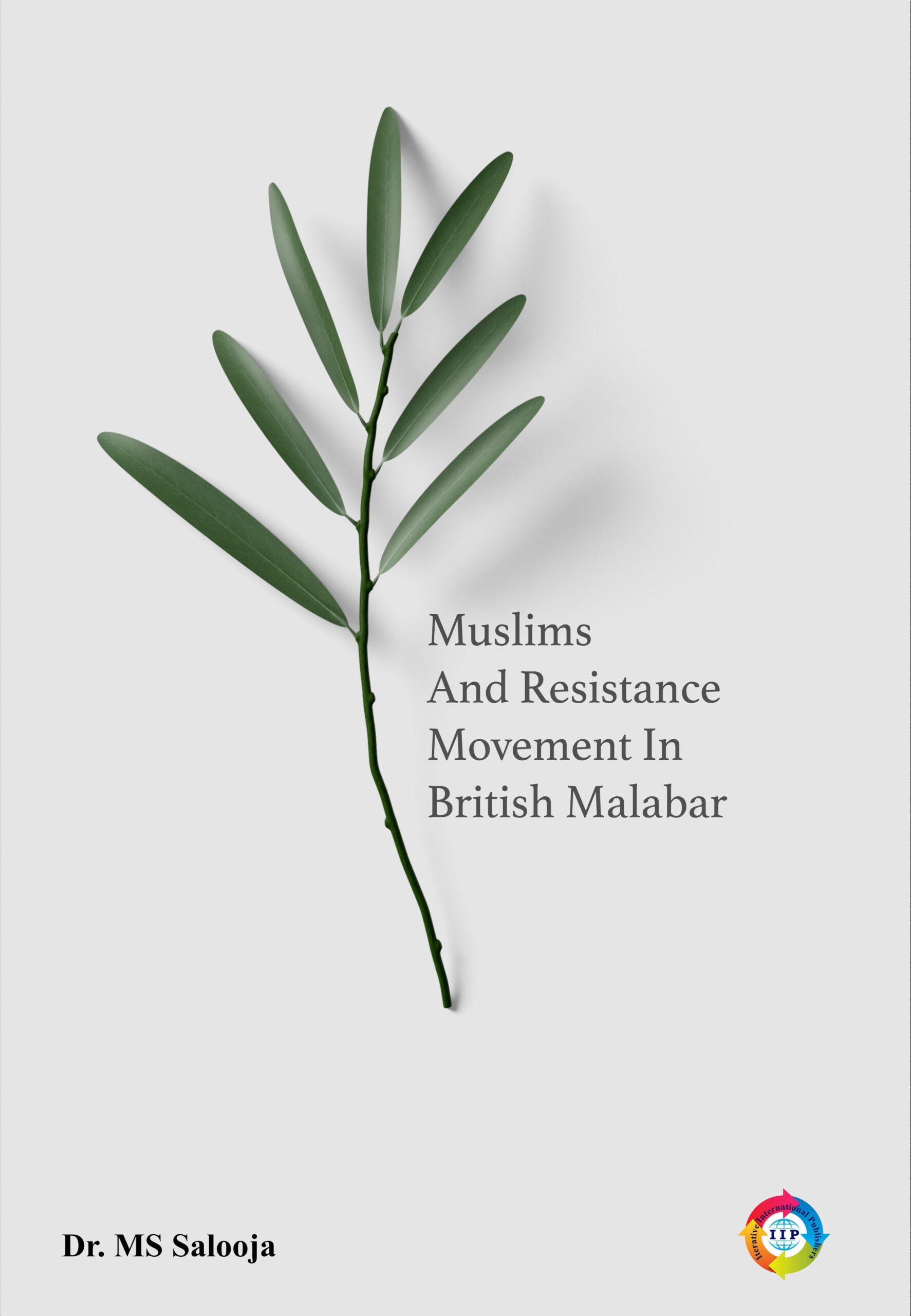
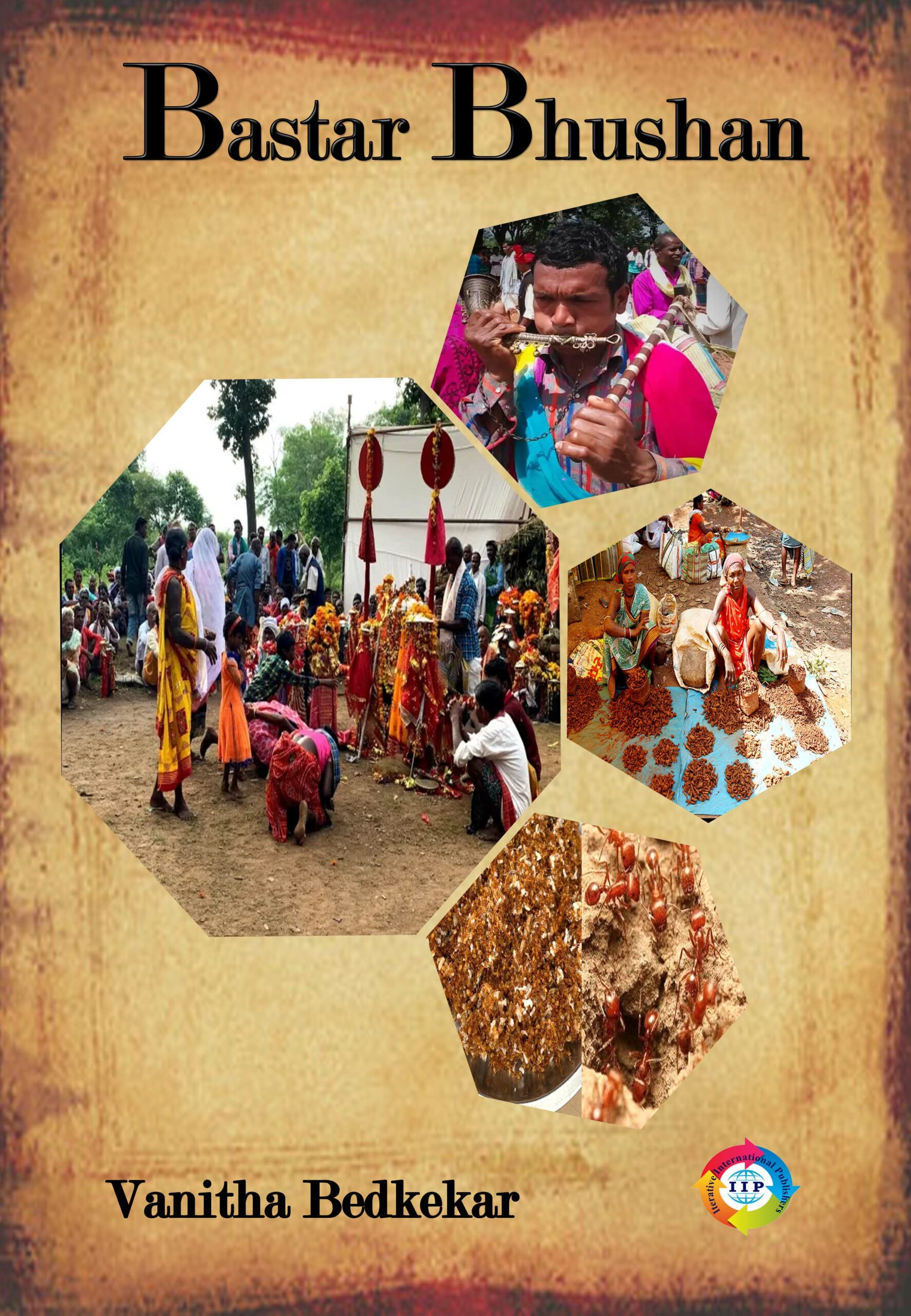
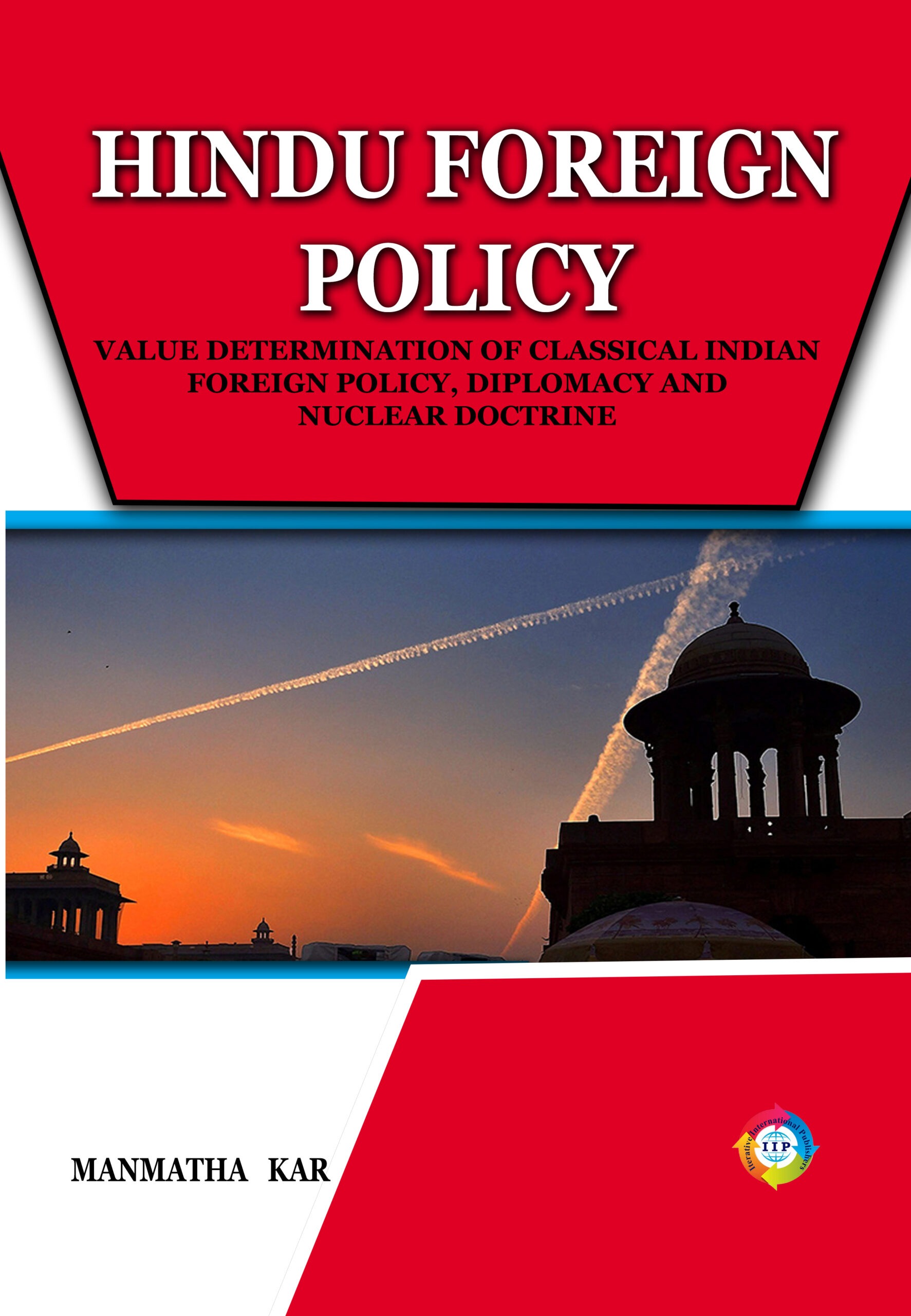
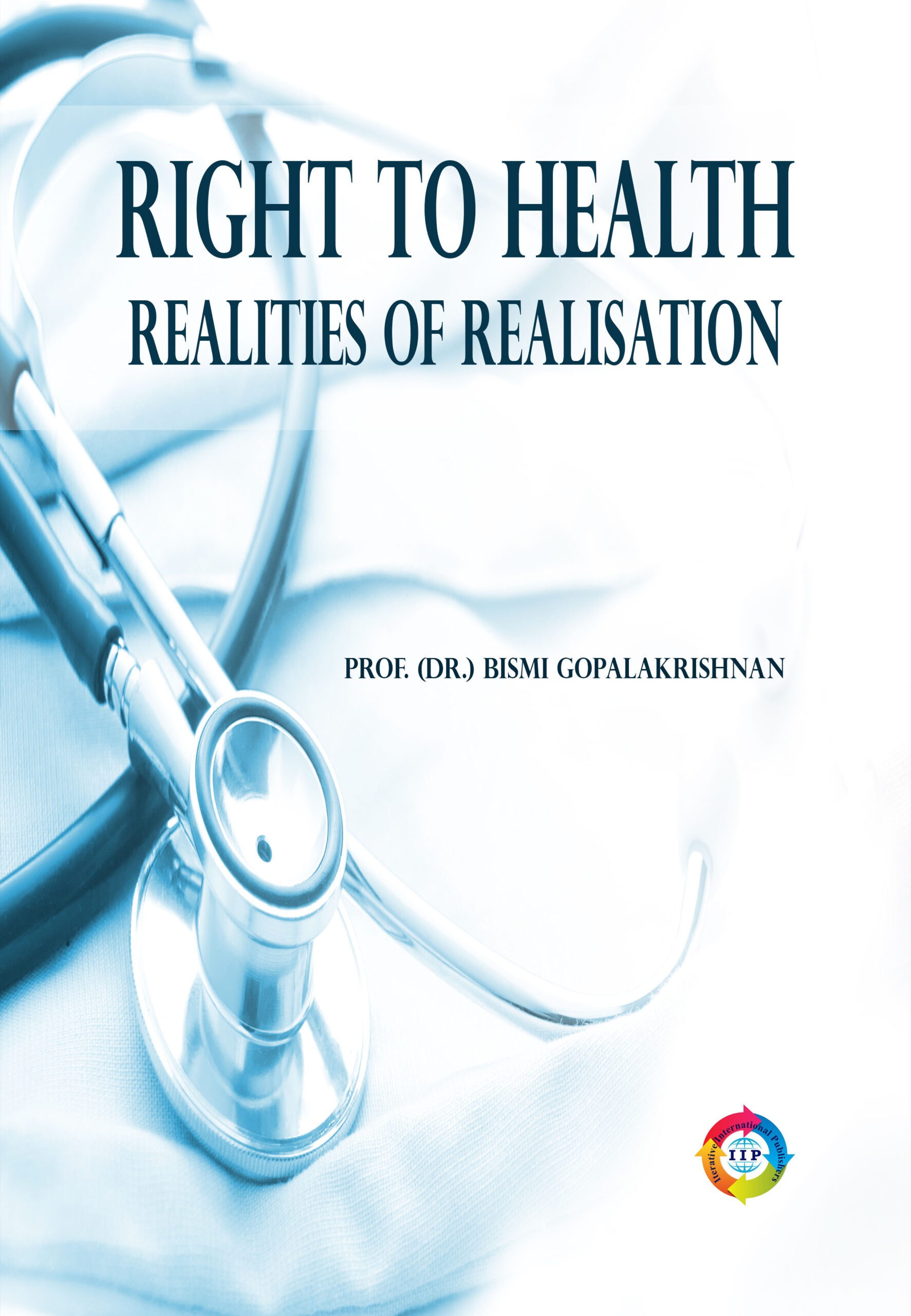

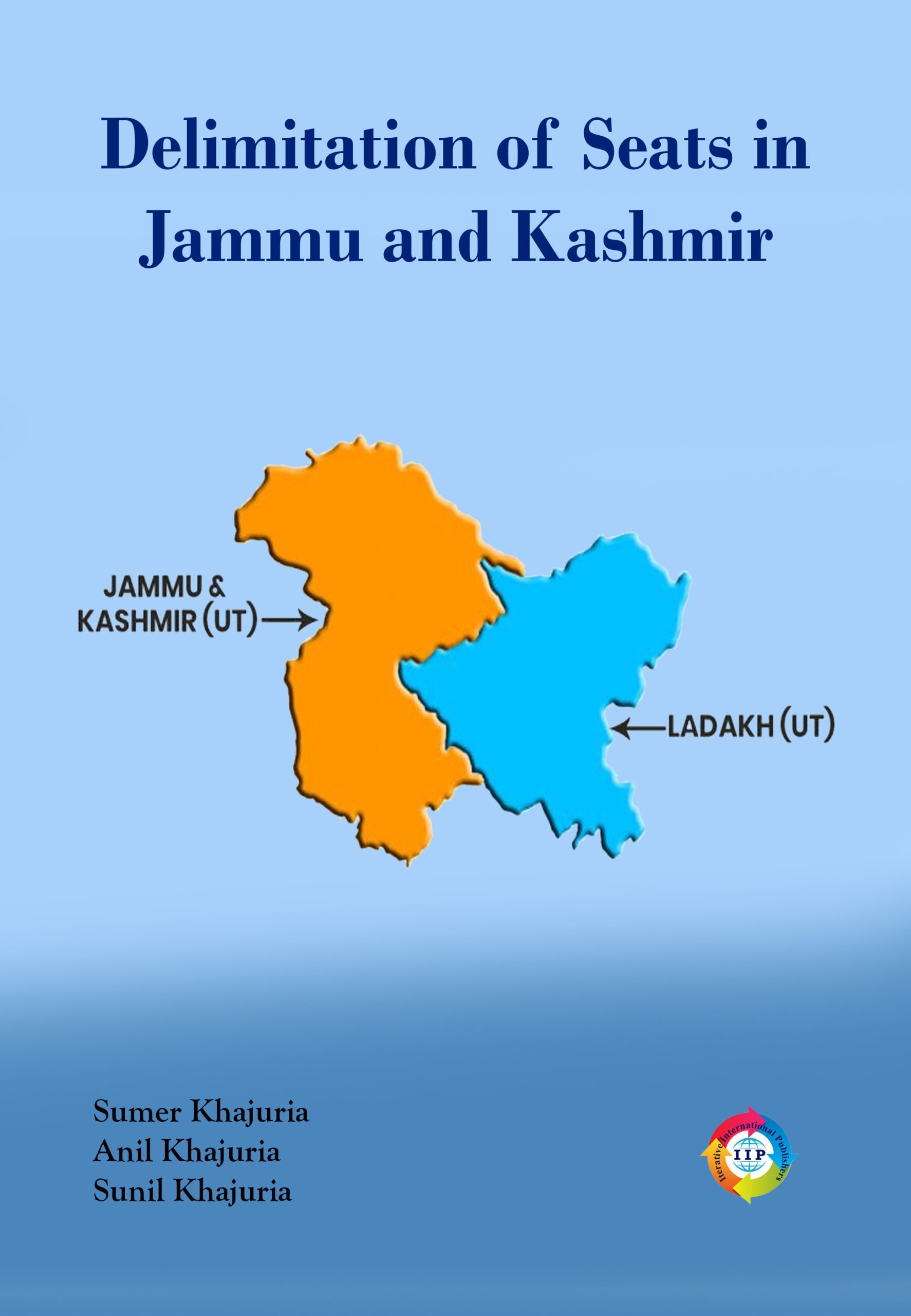
Reviews
There are no reviews yet.